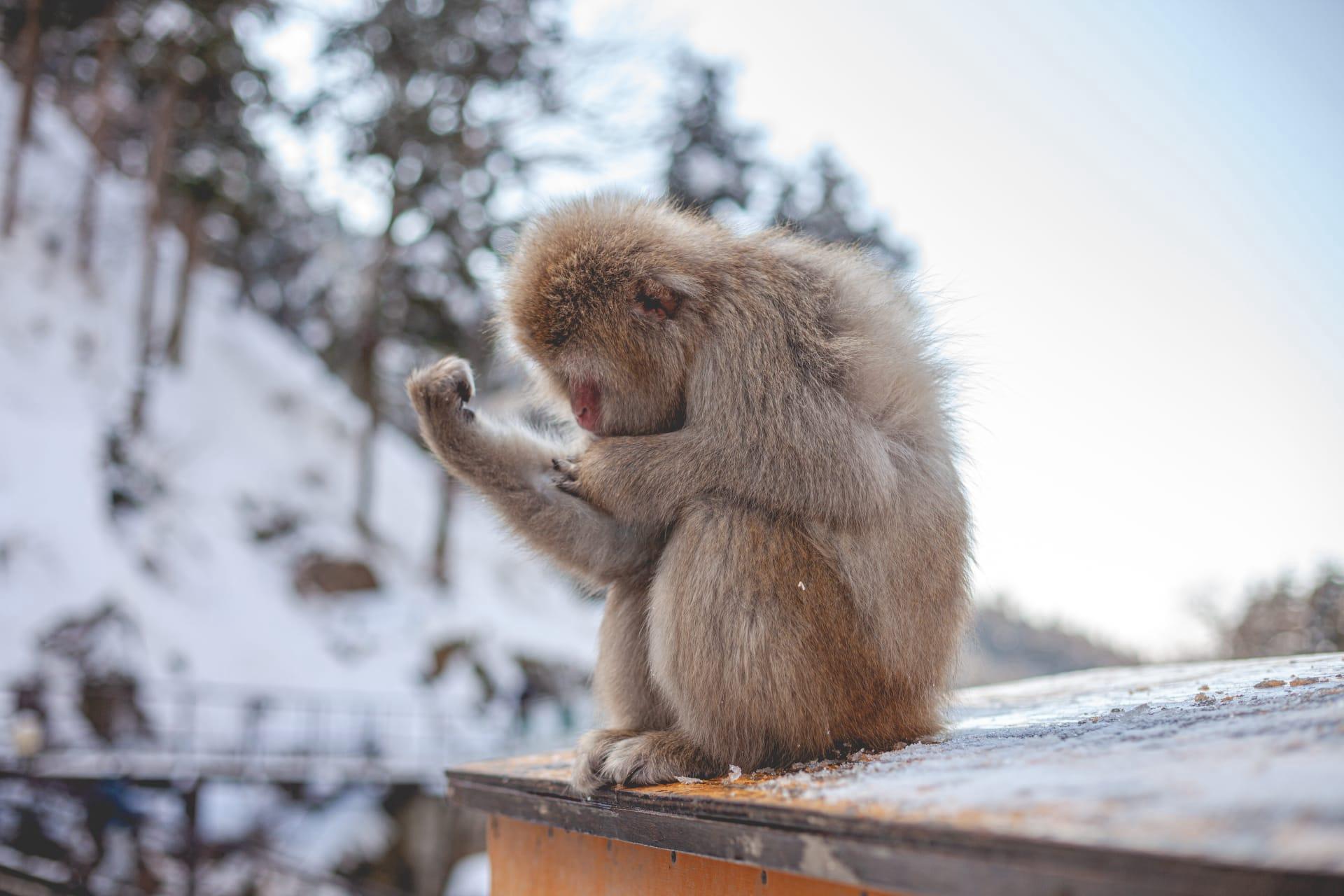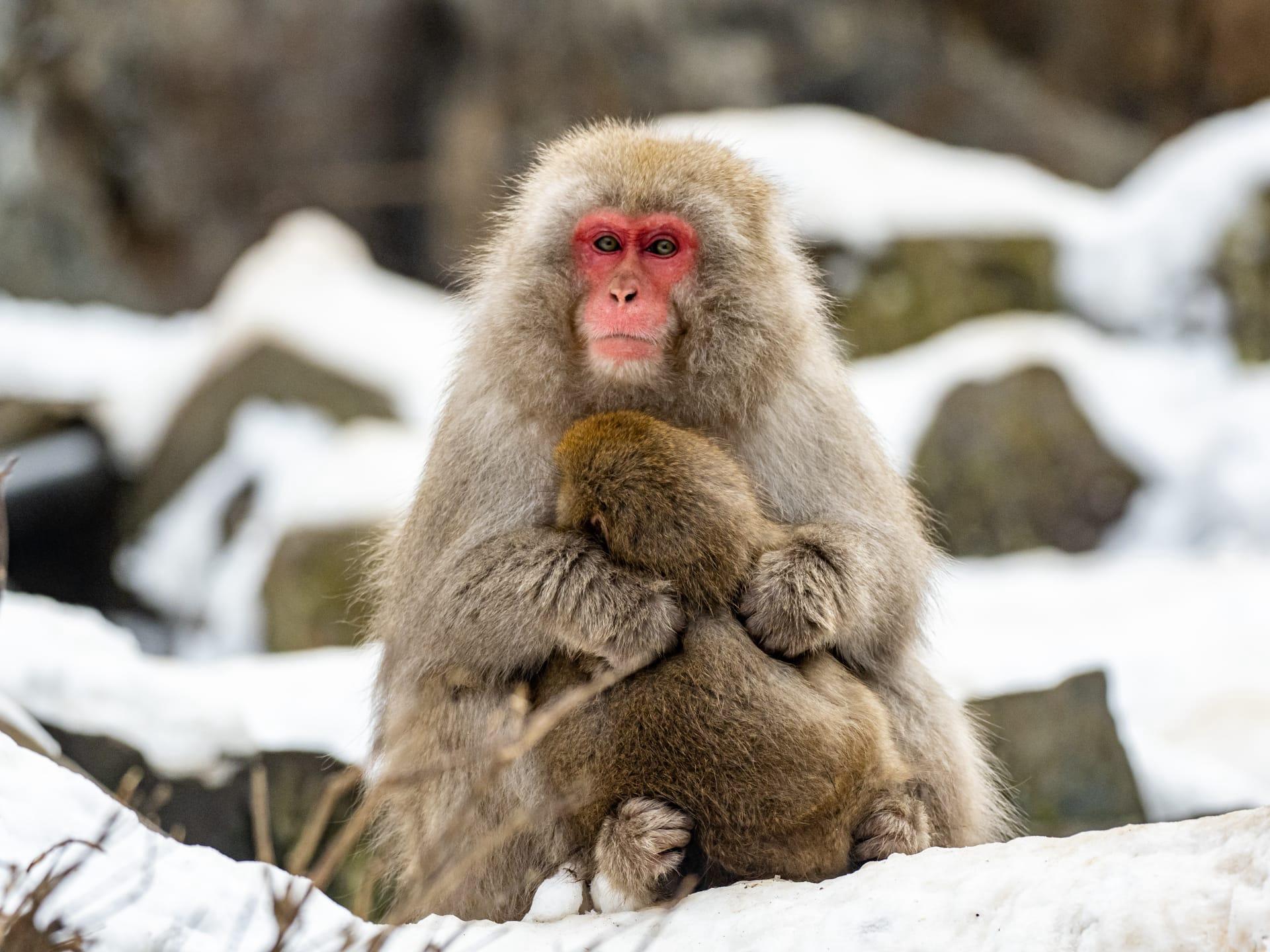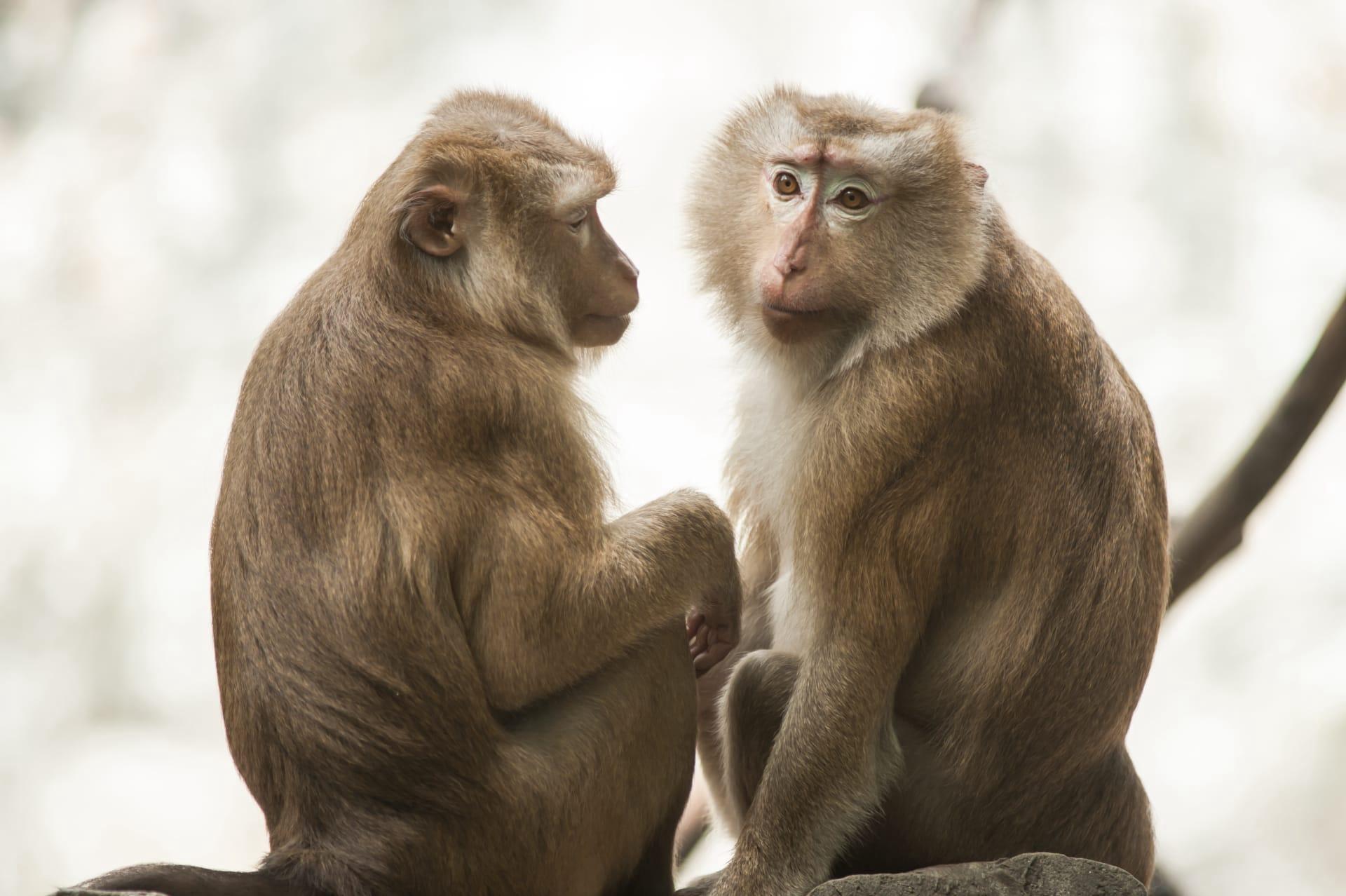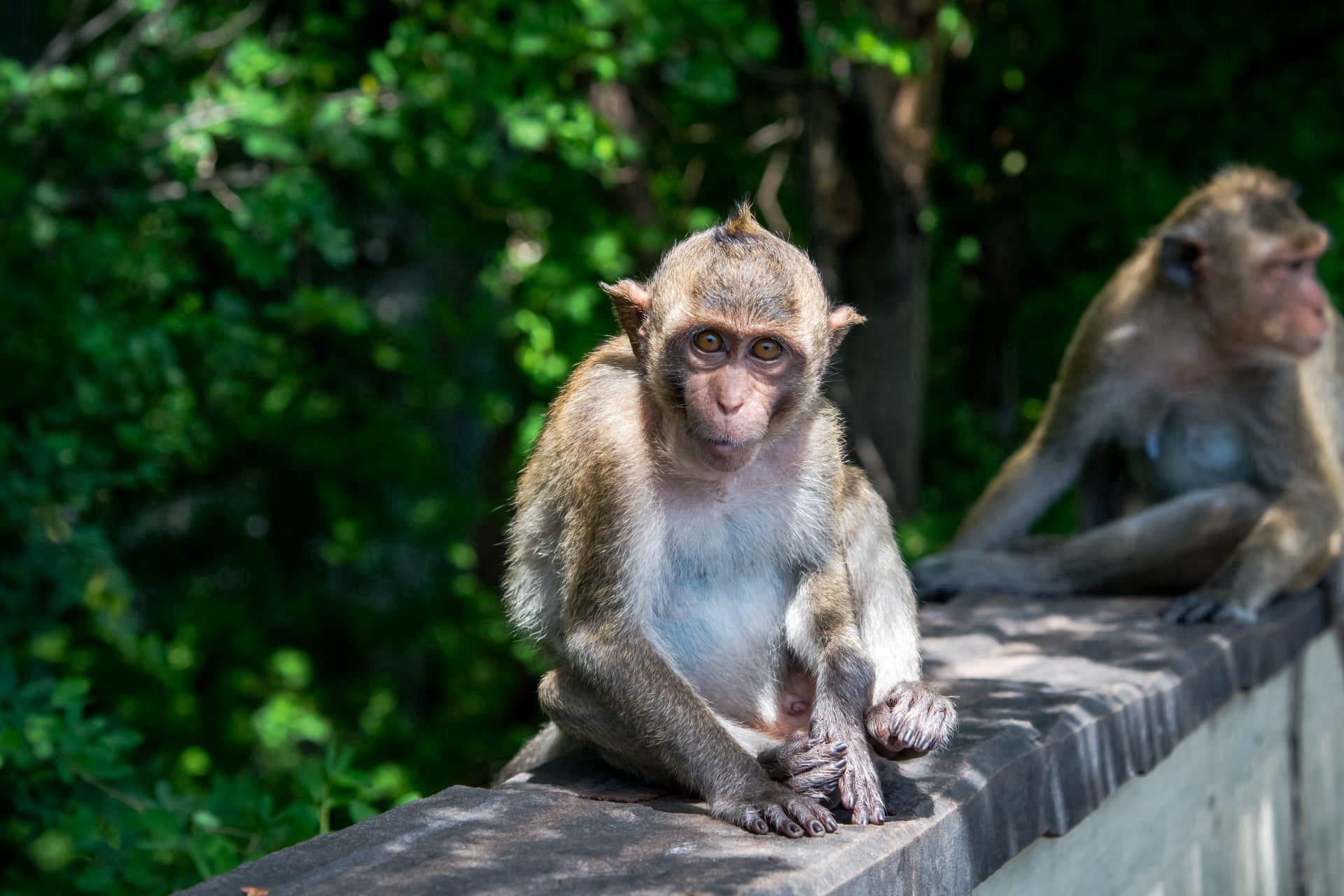Monkey Trivia
- Home /
- Trivia Question /
- Animal /
- Monkey Trivia
1
Question: How many different species of monkeys are there in the world?
Answer: There are over 260 species of monkeys classified into two main groups: New World monkeys, found in Central and South America, and Old World monkeys, native to Africa and Asia. The variety is staggering, ranging from the tiny pygmy marmoset, which is just about 5 inches (13 cm) in length, to the larger mandrill, which can grow up to 3.3 feet (1 meter) in length.
Question: What's the longest lifespan recorded for a monkey in the wild?
Answer: Monkeys generally have a shorter lifespan in the wild compared to captivity. The longest recorded lifespan for a wild monkey is about 54 years, observed in a species called the mandrill. However, most monkeys in the wild live for around 20 to 30 years, with factors like predation, food scarcity, and habitat loss influencing their lifespan.

2
Question: Do monkeys eat bananas in the wild?
Answer: Contrary to popular belief, wild monkeys don't actually eat bananas. This misconception likely arose from seeing monkeys in captivity eating bananas, which are often provided by humans. In the wild, their diet mainly consists of fruits, leaves, flowers, insects, and small animals. Overconsumption of bananas, which are high in sugar, can actually be harmful to a monkey's health.
Question: Can all monkeys swing from trees using their tails?
Answer: Not all monkeys can use their tails to swing from trees. This ability, known as prehensile tail, is primarily found in New World monkeys. Old World monkeys, like baboons and macaques, lack this feature. The prehensile tail acts as a fifth limb, providing extra grip and balance when navigating through trees.

3
Question: How do monkeys communicate with each other?
Answer: Monkeys use a combination of vocalizations, facial expressions, and body gestures to communicate. They have distinct calls for different situations, like warning calls for predators or calls to locate group members. Facial expressions, like baring teeth or raising eyebrows, play a crucial role in their social interactions, expressing emotions like aggression or fear.
Question: Are monkeys capable of using tools?
Answer: Certain monkey species exhibit tool use, showcasing their intelligence and problem-solving abilities. For example, capuchin monkeys use stones to crack open nuts and shells, while some macaques have been observed using tools to fish for insects or seafood. This ability to use tools demonstrates their capacity for learning and adapting to their environment.

4
Question: How important are social structures in monkey groups?
Answer: Social structures are crucial in monkey communities. They live in organized groups called troops, which can range from a few individuals to hundreds. These groups have a hierarchy, often led by a dominant male or female. Social bonds are maintained through grooming, playing, and other interactions, which are essential for survival and reproduction.
Question: Do monkeys have unique fingerprints like humans?
Answer: Yes, monkeys, particularly Old World species like gorillas, chimpanzees, and orangutans, have unique fingerprints, much like humans. These fingerprints help them to grip objects and are also used in species identification. The intricate patterns on their fingertips enhance their sense of touch and grip, which is vital for climbing and handling food.

5
Question: Can monkeys recognize themselves in mirrors?
Answer: Some higher-order primates, like chimpanzees and orangutans, have shown the ability to recognize themselves in mirrors, a sign of self-awareness. However, most monkey species do not exhibit this behavior. They may react to their reflection as if it were another monkey, showing signs of social interaction or aggression.
Question: What role do monkeys play in their ecosystems?
Answer: Monkeys play a vital role in their ecosystems as seed dispersers and as a part of the food chain. By consuming fruits and excreting the seeds in different locations, they help in the propagation of various plant species. This seed dispersal aids in maintaining forest diversity and health. Additionally, as prey for larger animals, they are integral to the food web dynamics of their habitats.